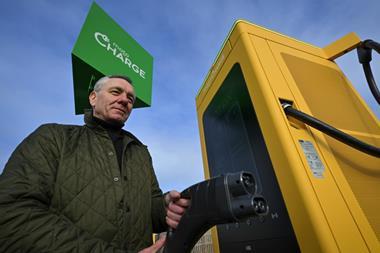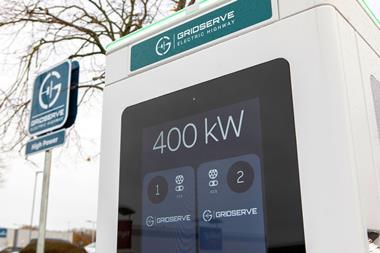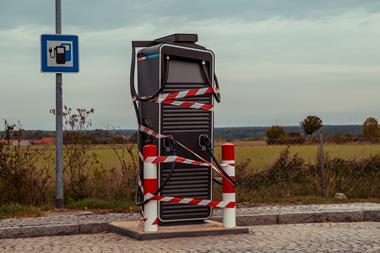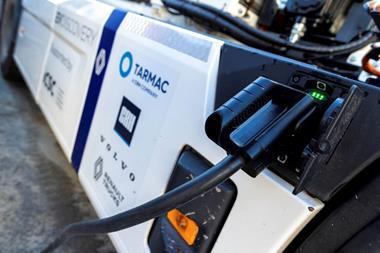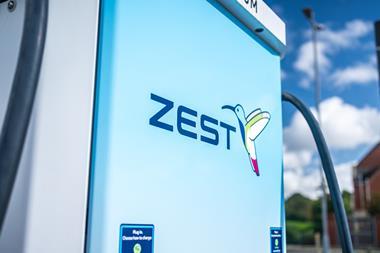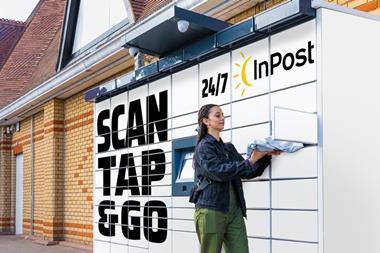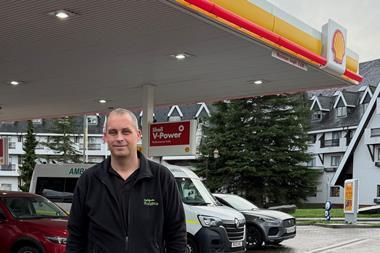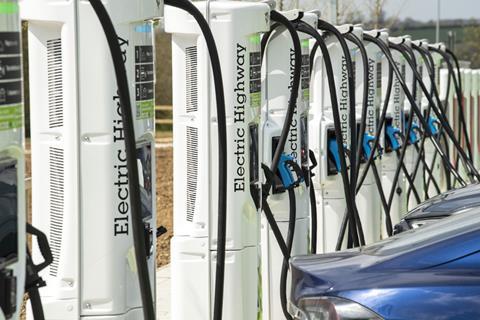
New figures showing March and April had the highest ever rate of EV charger installations have been hailed by ChargeUK, the recently formed association for EV charger companies.
But the RAC has warned the same figures show the government is unlikely to meet its target of having six or more rapid or ultra-rapid electric vehicle chargers at every motorway service area in England by the end of 2023.
According to Zapmap, the EV charging mapping service, March and April were both record months with new charger installation up 75% compared with 2022.
More than 2,000 new chargers were installed in both March and April taking the total past 42,000.
In April 2,080 new charge points were switched on, with more than 6,400 so far in 2023. This is an increase of 14% in net new chargers since the beginning of 2023 and 35% since this time last year. The rate of charge point installations has increased significantly in 2023, with an average of 1,625 new chargers being installed each month compared to 914 per month across the same period in 2022 and 1,115 per month across the whole of 2022.
The increase in ultra-rapid charging points was 655. That brings the total number of ultra-rapid chargers to 2,869 – a 25% increase in net new chargers available since the beginning of 2023 and a jump of 79% on this time last year.
An additional 3,415 fast chargers, typically found in car parks or destinations and 1,828 slower chargers that are used in residential streets and workplaces also came on stream. There are now 42,556 public chargers in use in the UK.
Chair of ChargeUK Ian Johnston said: “These figures show the huge step-up in deployment of EV charging infrastructure that is under way in 2023, which will give further confidence to those considering making the switch to an electric vehicle. The rate of deployment is increasing month-on-month but we can go much faster with the right policies and help from government to remove the barriers that are currently constraining the roll-out.
“These new statistics combined with the investment the members of ChargeUK have already committed to confirm the UK’s position as one of the best places in the world to run and charge an electric vehicle. We must maintain that advantage in the global marketplace and in the race to Net Zero.”
Melanie Shufflebotham COO and co-founder at Zapmap, said: “The charger rollout is gathering pace both with high-powered chargers to support en-route charging, and also more local charging where it is needed to support charging closer to home. Evidence suggests that this is set to continue 2023 which is good news for EV drivers and those thinking about going electric.
“Zapmap is committed to help across EV drivers with the best information on charging whether they are on longer journeys or finding a charge in their vicinity. A growing and robust public infrastructure is critical to give EV drivers confidence when out and about.”
However, an RAC review of the Zapmap data found there is currently an average of just over three (3.4) rapid or ultra-rapid chargers at motorway services, and six motorway services in England – Leicester Forest on both sides of the M1, Tebay South on the M6, Carlisle Northbound on the M1, Strensham Southbound on the M5 and Barton Park on the A1(M) – don’t have any high-powered chargers.
This contrasts with a government policy paper from May 2020 which stated: “We will ensure that every motorway service area has at least six rapid chargers by the end of 2023, with some having more than 12.” Currently, there are only six services in England which have more than 12 such devices. These are Exeter on the M5, Rugby on the M6, Reading East and West on the M4, Thurrock on the M25 and Wetherby on the A1(M).
RAC EV spokesperson Simon Williams said: “Our findings show there is much work to be done before the end of the year if the government’s target of having six high-powered chargers at every motorway service area is to be met.
“Installing these types of units is not straightforward as connecting to the electricity grid is expensive and time-consuming, but clearly more needs to be done to make this process simpler than it is currently. While we understand the Government is taking steps to expedite matters, the importance of ensuring sufficient high-powered charging is readily available up and down our motorway network can’t be emphasised enough.
“As a lack of charging facilities is rapidly becoming one of the most widely quoted reasons for drivers not going electric, all parties involved in making installations happen must work together to overcome this obstacle.
“We have long argued that rapid and ultra-rapid charging is vital to give drivers confidence they can make journeys beyond the range of their vehicles in the most time efficient way possible. While early-adopters have been prepared to plan their journeys carefully around recharging stops, the everyday driver will want this to be much easier and quicker.
“With approaching 1 million battery electric vehicles on the road and the government having a goal of 80% of new cars sold by 2030 being zero-emission, it’s critical that the country’s charging network grows proportionately, particularly at the fastest end of the charging spectrum.”
Quentin Willson, automotive journalist and founder of the EV campaign FairCharge, added: “When you look at how quickly Tesla put its Superchargers into the motorway service network, you’re forced to wonder why the government is working at such glacial speed to do the same. We simply must pick up the pace building a long-range, high-powered charging infrastructure to offer confidence to electric car drivers, the EV market and global investors. Not having enough charging infrastructure is now a major refrain from the anti-EV lobby and is holding back adoption.”





















